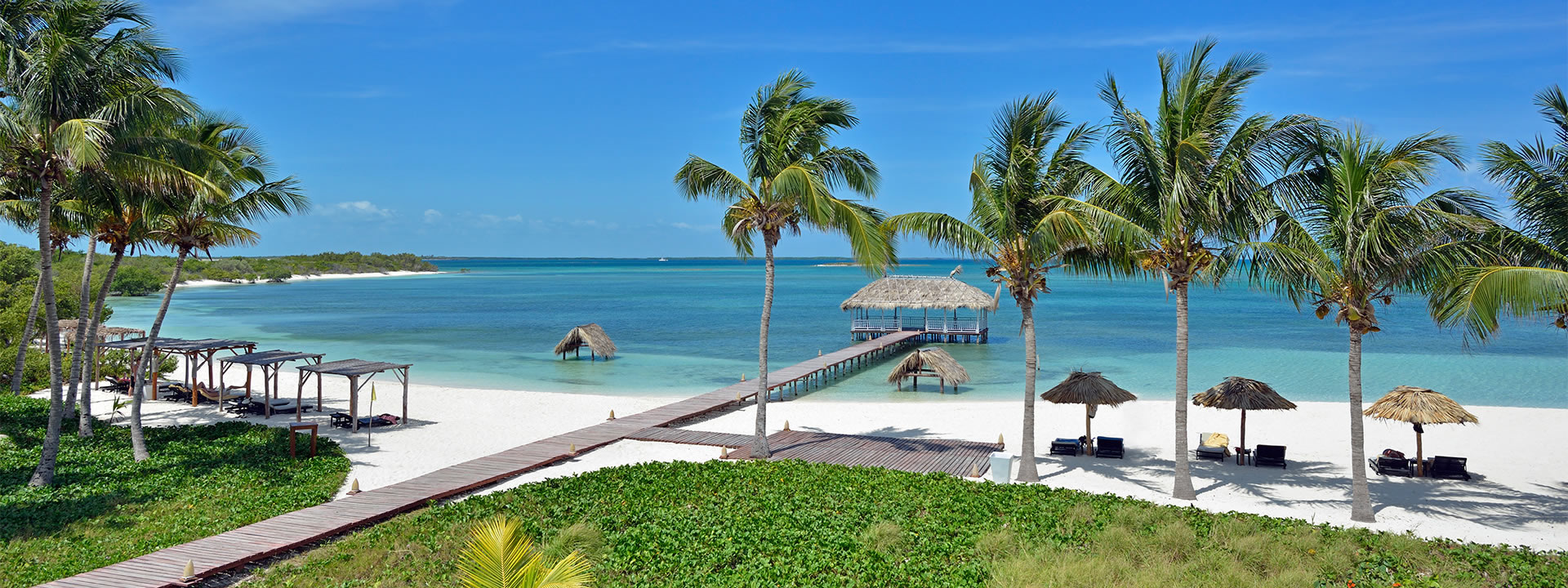 CUBA DESCONOCIDA: EL MONTE CABANIGUÁN, JOBABO, LAS TUNAS.
CUBA DESCONOCIDA: EL MONTE CABANIGUÁN, JOBABO, LAS TUNAS.
Considerada como la segunda reserva natural de Cuba ‘El Monte Cabaniguán’ esta situada al sur del municipio de Jobabo, entre las provincias de Granma y Las Tunas, es célebre por ser la mayor reserva del mundo de la especie del cocodrilo Acutus, también conocido como cocodrilo americano, cocodrilo aguja o cocodrilo narigudo.
Ya en 1986 comenzó a estudiarse e investigarse la zona y en 1990 se construyó la Estación Biológica Don Miguel Álvarez del Toro.
Mientras en diferentes latitudes del planeta se lucha por preservar el medio ambiente y con ello la vida del hombre, el Monte Cabaniguán, en la oriental provincia de Las Tunas, deviene ejemplo de protección de la flora y la fauna. Ubicado en el extremo sur del municipio de Jobabo, a unos 700 kilómetros de La Habana.

Alta jerarquía alcanza el bosque conformado por palmeras y manglares y dividido por esteros que son navegables en pequeñas embarcaciones.
Tierra de flamencos, cateyes y tocororos
Su avifauna es muy rica por las grandes poblaciones y el número de sus especies. De modo que en esos lares se localizan, con relativa facilidad, águilas pescadoras, flamencos, garzas, gaviotas, cateyes, tocororos, palomas y carpinteros verdes.
En la singular zona antillana se han desarrollado diversos eventos científicos, con presencia foránea interesada en observar, in situ, el mayor refugio mundial del cocodrilo americano.
Por tales atributos, el Monte Cabaniguán se destaca como un sitio en el que se protege la flora y la fauna, en favor de la preservación de la especie humana.
Cubriendo 14.500 hectáreas de terreno, podrás realizar breves visitas acuáticas para adentrarte en el refugio de vida silvestre más interesante y exótico del país.
En él tendrás la oportunidad de observar de cerca aves acuáticas como flamencos, exóticas como el periquito cubano o el pijije cubano, etc.
Se trata de una zona protegida a nivel internacional como Humedal Ramsar, de ahí que sea uno de los parajes naturales mejor conservados y protegidos del país.
 CUBA UNKNOWN: EL MONTE CABANIGUÁN, JOBABO, LAS TUNAS.
CUBA UNKNOWN: EL MONTE CABANIGUÁN, JOBABO, LAS TUNAS.
Considered as the second natural reserve of Cuba ‘Mount Cabaniguán’ is located south of the municipality of Jobabo, between the provinces of Granma and Las Tunas, is famous for being the world’s largest reserve of the Acutus crocodile species, also known as the American crocodile, crocodile needle or crocodile nose.
Already in 1986, the area began to be studied and investigated and in 1990 the Don Miguel Álvarez del Toro Biological Station was built.
While in different latitudes of the planet one fights to preserve the environment and with it, the life of man, Mount Cabaniguán, in the eastern province of Las Tunas, becomes an example of protection of flora and fauna. Located at the southern end of the municipality of Jobabo, about 700 kilometers from Havana.
High hierarchy reaches the forest consisting of palm trees and mangroves and divided by estuaries that are navigable in small boats.
Land of flamingos, cateyes and tocororos
Its birdlife is very rich due to the large populations and the number of its species. So that in those parts are located, with relative ease, ospreys, flamingos, herons, seagulls, catheyes, tocororos, pigeons and green carpenters.
Various scientific events have been developed in the unique area of Antilles, with a foreign presence interested in observing, in situ, the largest global refuge of the American crocodile.
For these attributes, Mount Cabaniguán stands out as a site where flora and fauna are protected, in favor of the preservation of the human species.
Covering 14,500 hectares of land, you can make short water visits to enter the most interesting and exotic wildlife refuge in the country.
In it, you will have the opportunity to closely observe waterfowl such as flamingos, exotic like the Cuban parakeet or the Cuban pijije, etc.
It is an internationally protected area such as Ramsar Wetland, hence it is one of the best-preserved and protected natural areas in the country.
Agencies/ RHC/ Wiki/ Internet Photos/ Arnoldo Varona/ www.TheCubanHistory.com
THE CUBAN HISTORY, HOLLYWOOD.



 < CUBA UNKNOWN: "El Monte Cabaniguán", Jobabo, Las Tunas. Photos.
< CUBA UNKNOWN: "El Monte Cabaniguán", Jobabo, Las Tunas. Photos.




